We’ll Drink to This: Hotel AWA Welcomes Viña Casa Klocker Prambs to the Table for Sparkling Pours Shaped by Glaciers and Volcanoes
Vintner benefits from climate change in Chile’s Lake District, creating award-winning sparkling wines and bottling the distinctive taste of the region
Raise a glass to Viña Casa Klocker Prambs, sparkling wines produced in the Lake Region of southern Chile and now available for celebratory toasting and dining accompaniment at The Restaurant of Hotel AWA on the shores of Lake Llanquihuer outside of Puerto Varas. The product of vines that have only been cultivated in the region for a handful of years, Viña Casa Klocker Prambs, marks a triumph of viticulture and winemaking by winery owner Claudio López Klocker, whose quest to cultivate grape vines in the region was initially dismissed by local farmers.
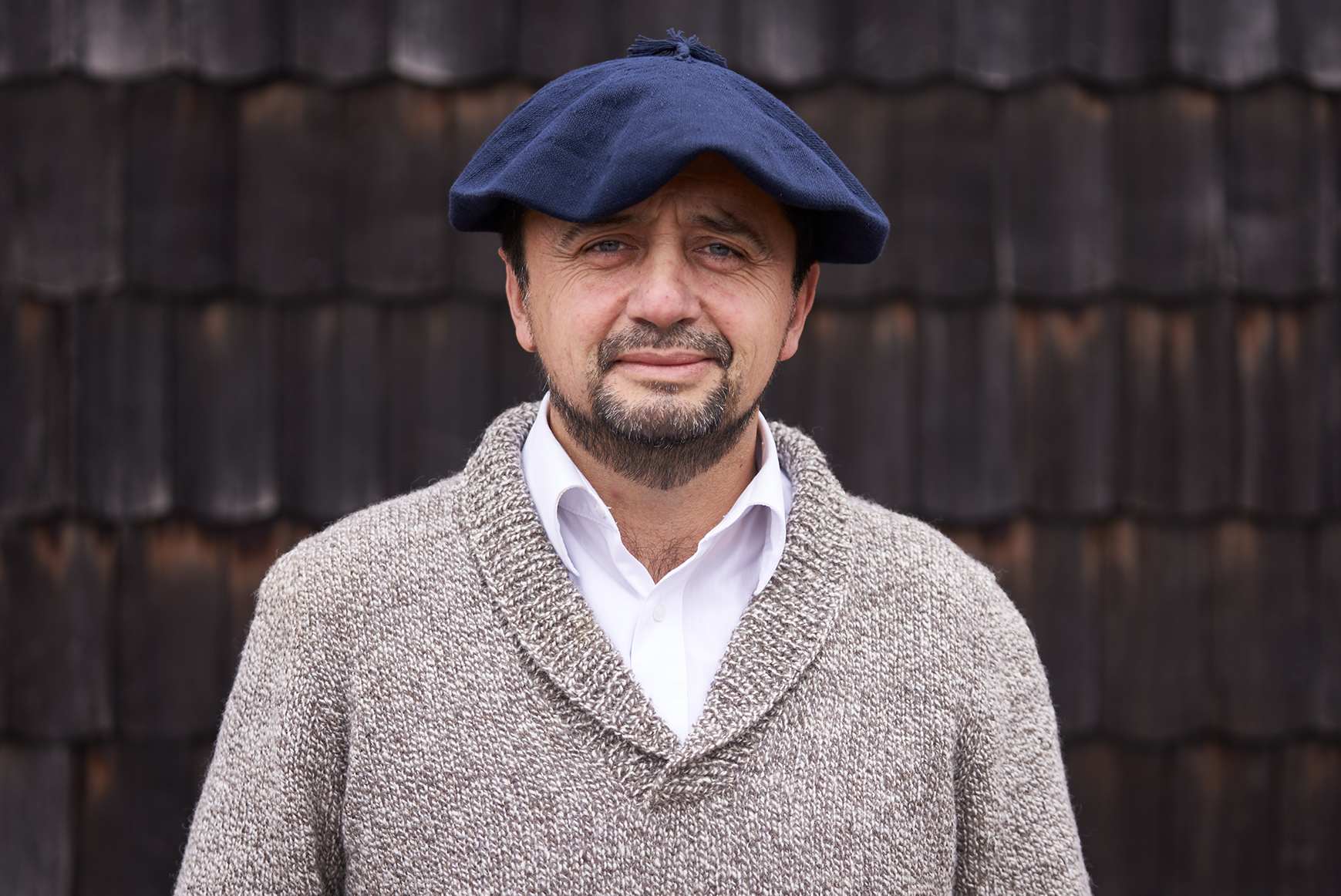
Winery owner Claudio López Klocker
Please describe how and why you started Viña Casa Klocker Prambs.
The wine began its journey in 2012, starting with trials to validate grape varieties near the town of Frutillar in Chile’s Llanquihue Lake basin. Our motivation was to harness Chilean Northern Patagonia’s unique climatic and geographical conditions to produce high-quality sparkling wines with a distinctive identity. Having lived in Europe for nearly a decade, where I had the opportunity to explore some of the world’s most renowned wine regions, I noticed that agroclimatic conditions of the basin are strikingly similar to areas on the far side of the Atlantic that specialize in sparkling wine production. So, I created my own vineyard dedicated exclusively to the same. In a cold, livestock-farming region, just the thought of planting vines was considered crazy, but the challenge fueled my commitment.
Starting a business that others deemed “crazy” implies you had a strong sense that your plan would work. What drove your conviction that sparkling wine production would be possible?
I was always confident of success, but that confidence was grounded in scientific evidence based on studies of the region’s climate and soils, which showed ideal conditions for slow, balanced ripening of grapes—perfect for high-quality sparkling wines. Additionally, I envisioned the significant impact that climate change would have on traditional agricultural regions in southern Chile, making it even more critical to develop adaptation strategies. In a region primarily dedicated to livestock and dairy production, this project was initially seen as doomed to fail. Yet, we’ve proven the possibility of cultivating vines and producing wines here. We are the first winery to see success in the Llanquihue Lake basin, adding historical and distinctive value to our initiative.
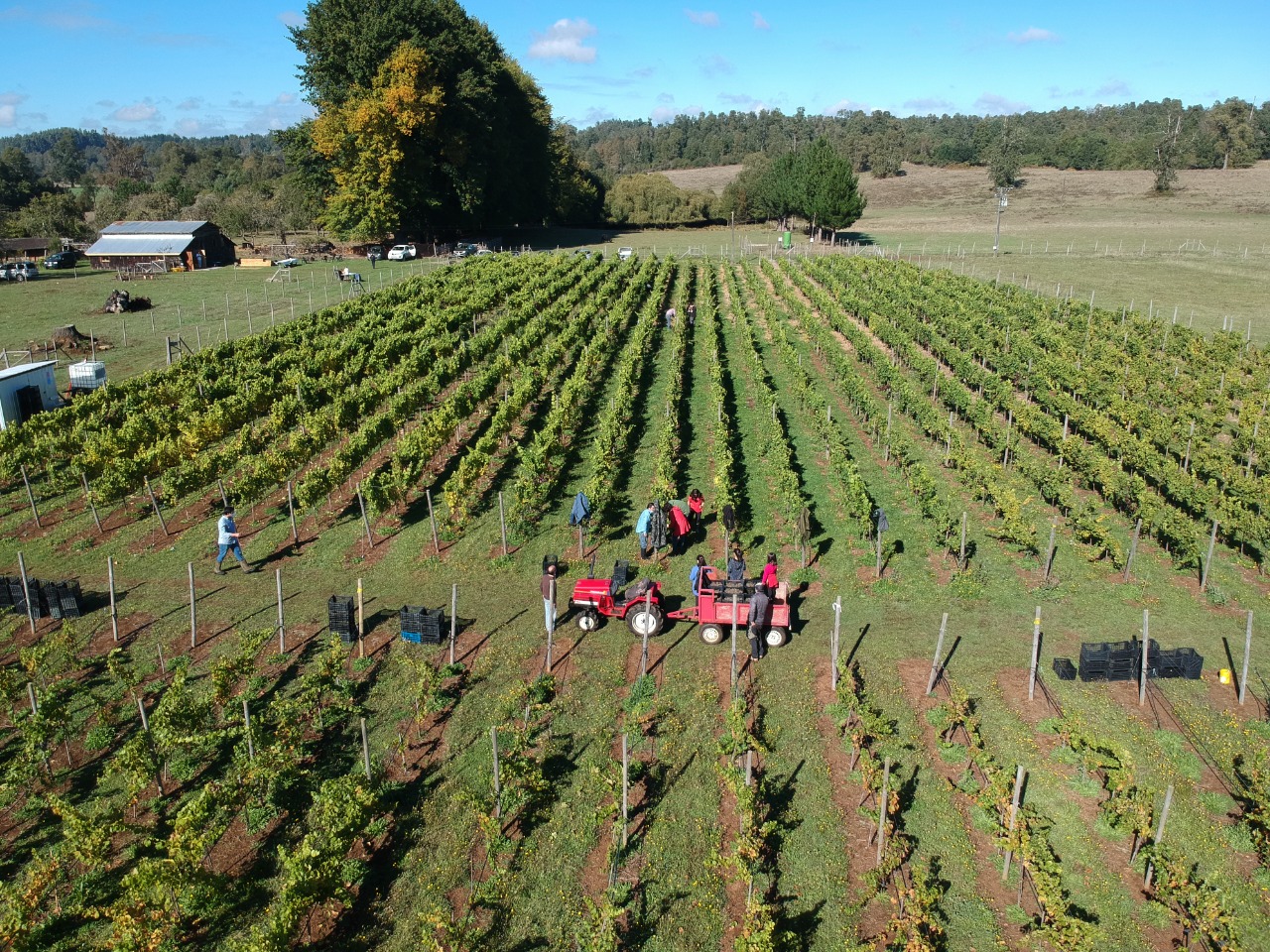
The first sparkling wines produced in the Llanquihue basin, Chile
Traditional sparkling wine methods undergo a second fermentation in the bottle, resulting in a more complex and intense flavor profile than those produced via tank method. Can you tell us about your production process?
At Viña Casa Klocker Prambs, we use the traditional method of bottle fermentation to craft our sparkling wines. Everything is done on-site. This process involves a second fermentation in the bottle, followed by a minimum of 16 months of aging on lees. Some selected batches of sparkling wine aged up to 36 months. Each harvest is handled independently, adapting to what nature provides each year. Ultimately, nature defines our wines, and we strive to honor that principle.
How would you describe the experience of drinking your best-selling sparkling wine?
Our Gran Lago Rosé Brut stands out for its pale pink color with orange highlights. On the nose, it offers predominant aromas of ripe red fruits, especially strawberries, complemented by hints of freshly baked bread. On the palate, it boasts a juicy, balanced acidity with a pleasant, tingling sensation, fine and persistent bubbles, and a creamy foam that culminates in a refreshing and sophisticated experience. We also produce a Blanc de Blancs made from Gewürztraminer, which the Descorchados Guide named Revelation Wine of the Year 2024. It is the only sparkling wine in Chile made with this variety. Both wines reflect the basin’s dominant environmental condition: the cold, which lends freshness and uniqueness to their profiles. As I often say, ‘Our strength lies in the cold.’
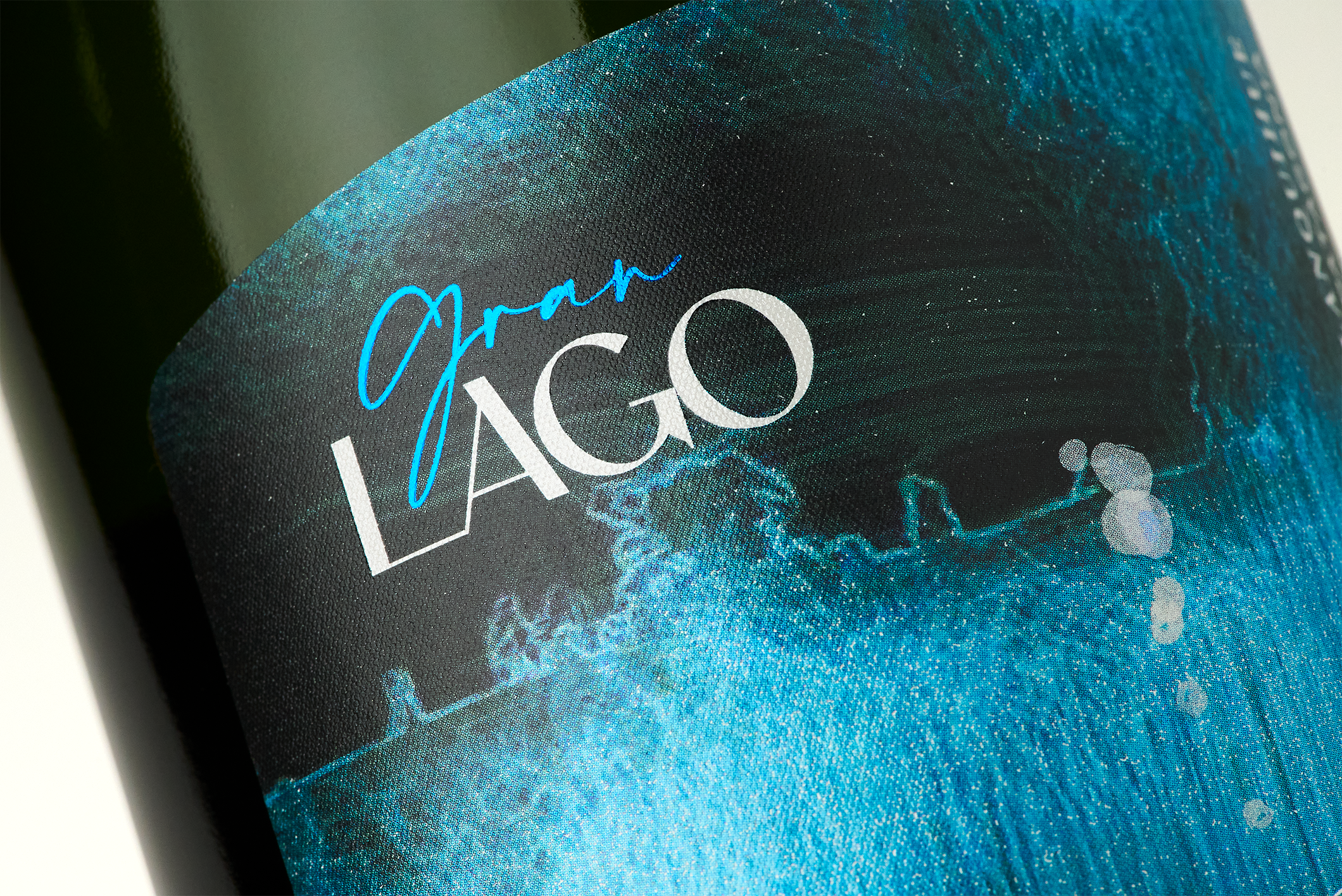
Great Lake sparkling wine made from Blanc de Blanc grapes. Ages 14 months on lees.
Do you offer tastings at your vineyard?
Yes, but in a limited and exclusive manner. Currently, we host a small number of visitors, mainly on weekends or by request from discerning wine enthusiasts. The enotourism experience includes a detailed explanation of our terroir, shaped by glaciers and volcanoes. We then showcase our traditional method and conclude with a pairing of each with dishes inspired by local traditions, heavily influenced by German settlers who arrived in the basin starting in 1850. The Rosé pairs perfectly with a beef tartare with fine herbs, while the Blanc de Blancs accompanies an apple and berry streusel with seasonal ice cream.
How did you and Hotel AWA become acquainted?
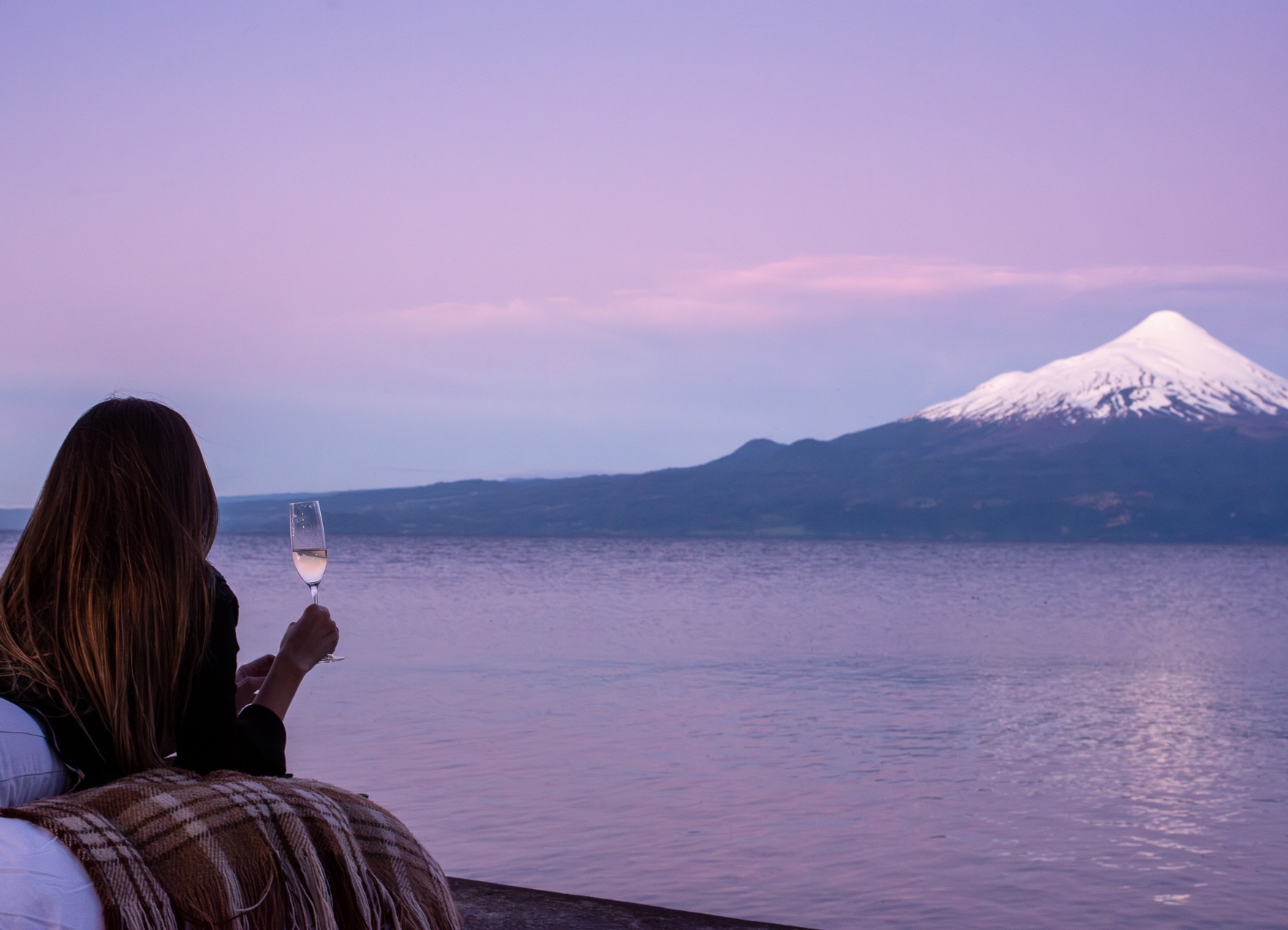
The Views from Hotel AWA’s terrace.
In what ways are your values aligned with those of Hotel AWA?
We are both driven by the same values based on the triple bottom line: generating economic, social, and environmental benefits for our surroundings and community. We practice regenerative viticulture and are currently undergoing certification, reinforcing our commitment to sustainability and the health of the local ecosystem. This approach defines us as a vineyard with purpose dedicated to the holistic development of our region.
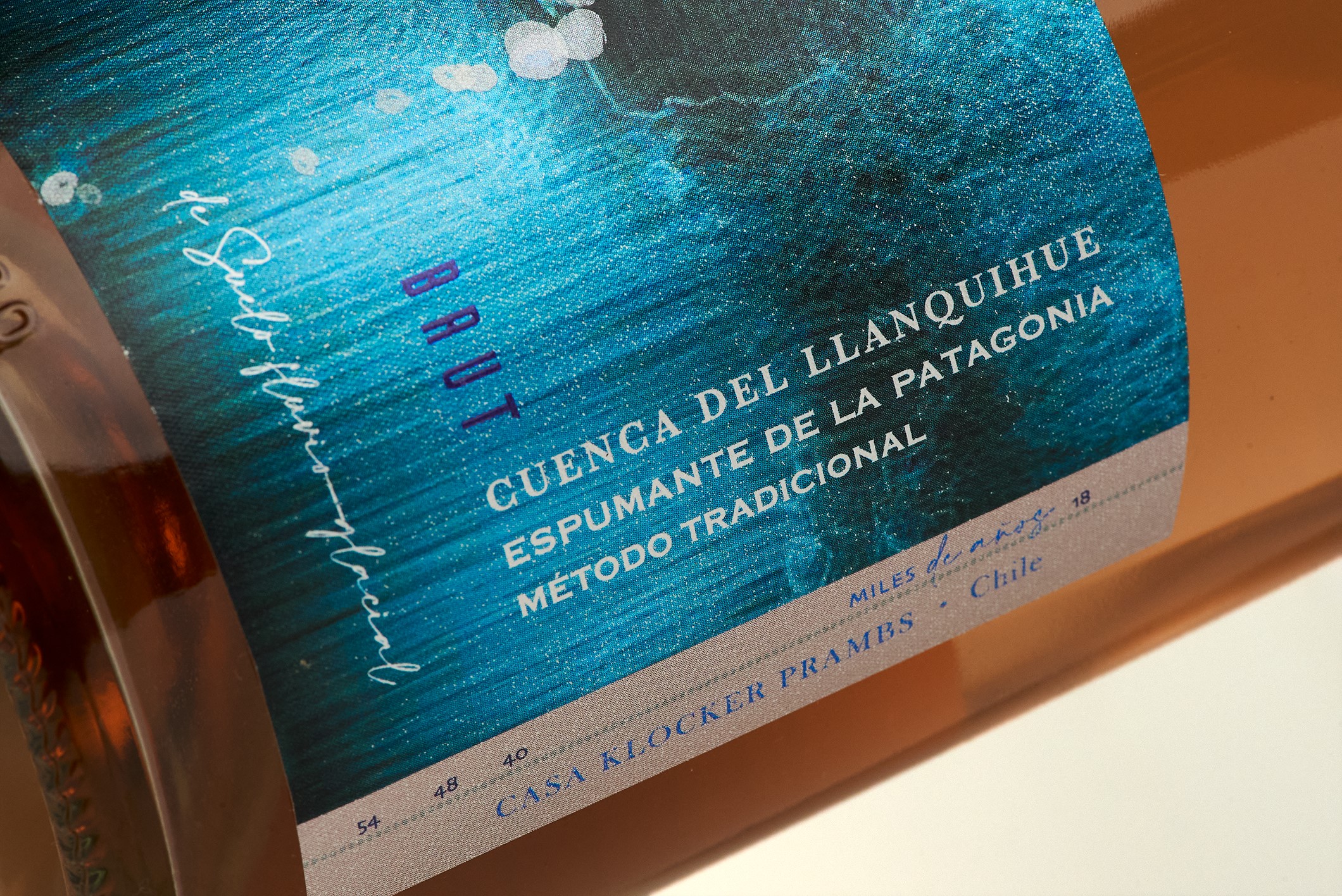
Great Lake Bosé Brut